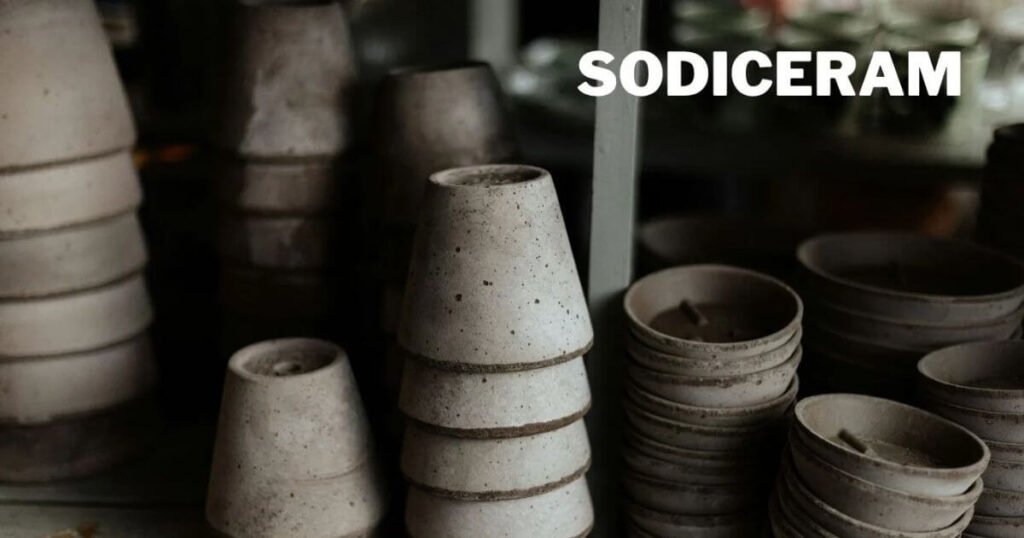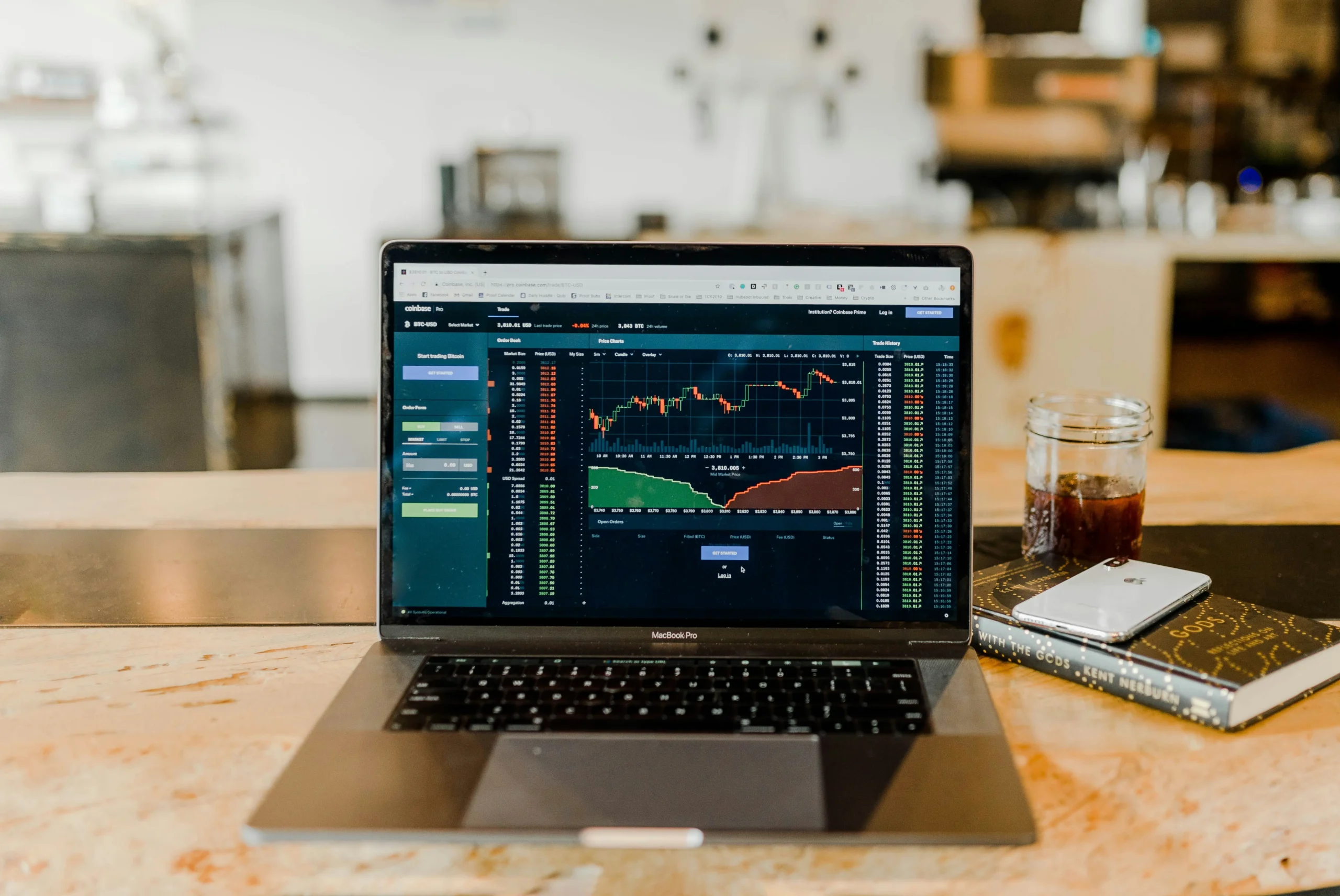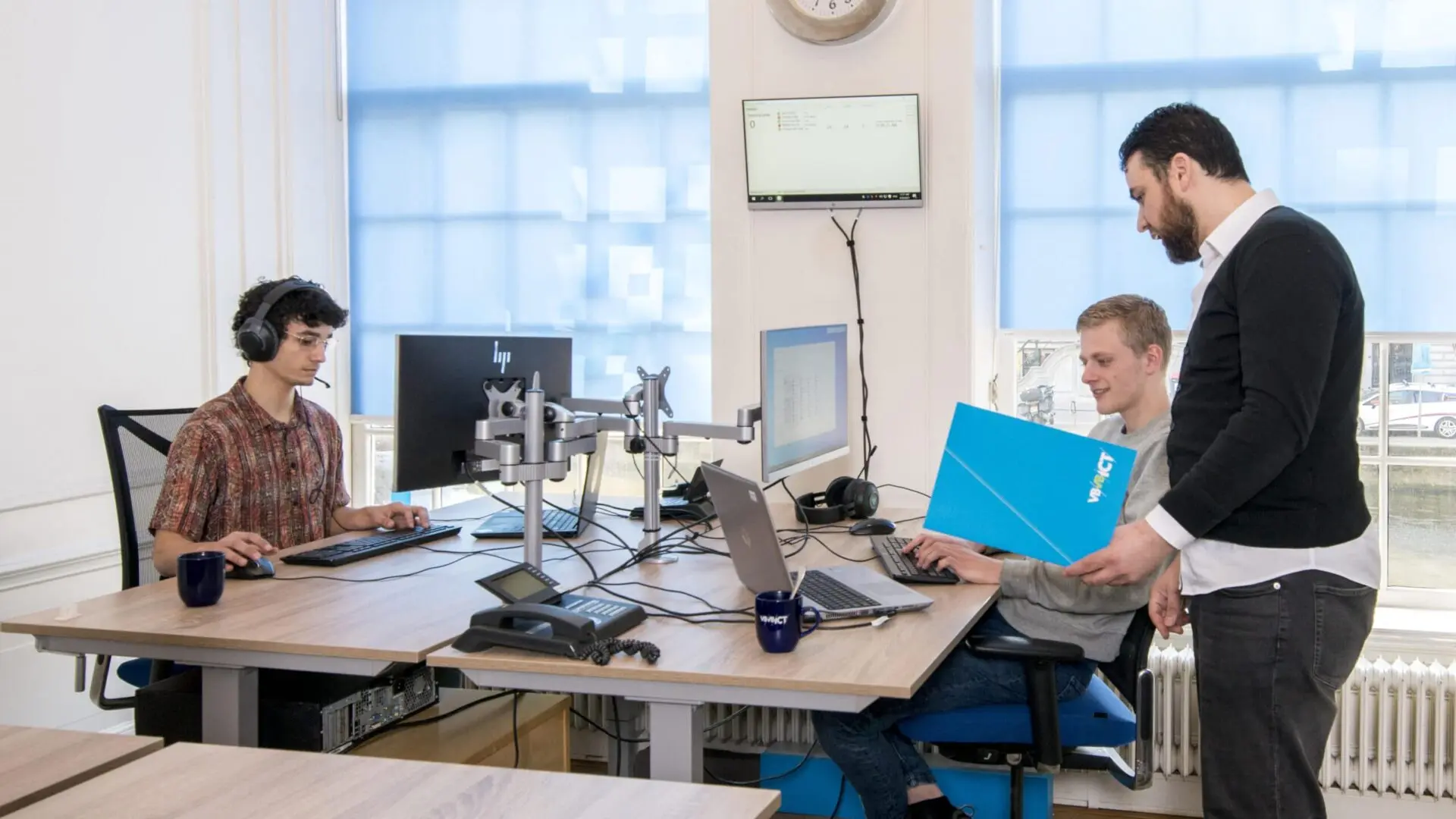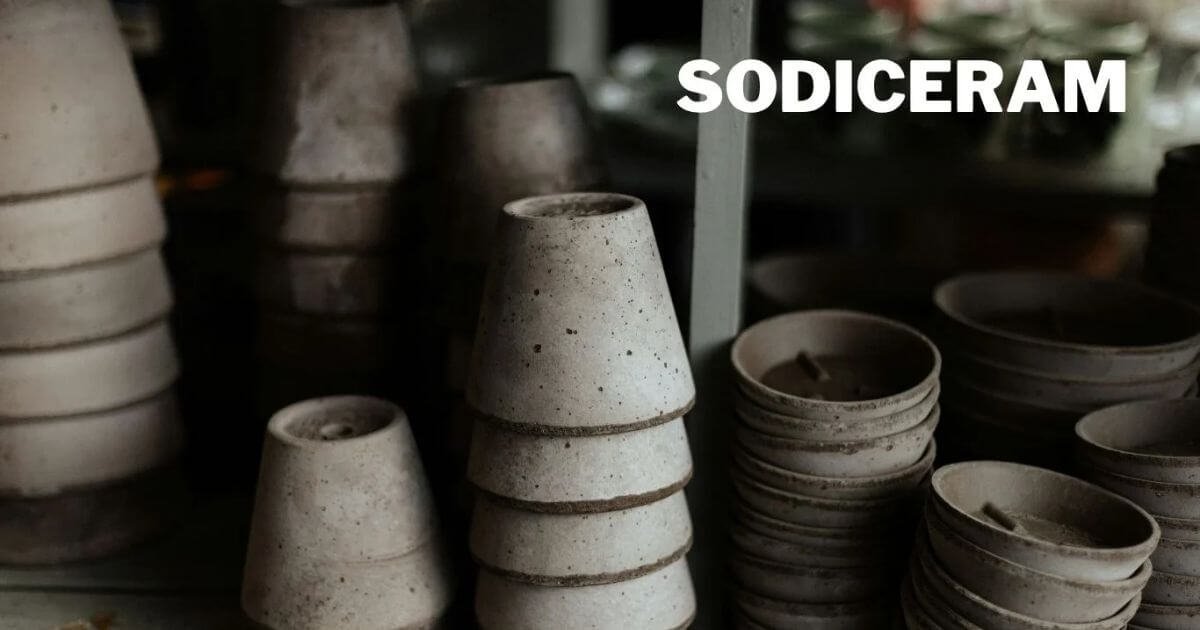Sodiceram: The Future of Sustainable, Sodium-Based Ceramics is reshaping the way industries and homes approach modern materials. As the demand grows for eco-friendly ceramics, this innovative solution stands out due to its unique use of sodium-based ceramics. Sodiceram not only offers improved durability but also supports ceramic production energy savings, making it a smart choice for environmentally-conscious projects.
With its rising popularity in modern industrial ceramics, architects and engineers are now exploring new design possibilities. Additionally, the material’s excellent thermal shock resistance positions it as a reliable option for high-heat environments. Sodiceram is more than a trend—it’s a sustainable future built on innovation, strength, and responsible design.
What Is Sodiceram and Why Is It Gaining Popularity in 2025?
Sodiceram is a new type of sodium-based ceramic material that is changing how we think about ceramics. Made using advanced techniques, Sodiceram uses sodium compounds to improve performance, strength, and sustainability. In 2025, people across the USA are choosing Sodiceram for both homes and industries. It is seen as one of the most eco-friendly ceramics available today.
The reason for this rising popularity is simple. Sodiceram is tough, light, and easier to recycle. It also saves energy during production. These ceramic production energy savings make it a great choice for builders, designers, and engineers. People want sustainable ceramic solutions, and Sodiceram meets that demand.
Explore top world stories and global updates, click here.
The Science Behind Sodiceram: How Sodium-Based Ceramics Work
Sodiceram is created by adding sodium compounds into traditional ceramic mixtures. These compounds change the structure of the ceramic at a molecular level. This process improves ceramic insulation properties, thermal shock resistance, and overall durability. This is how sodium integration in ceramics boosts strength.
The sodium ceramic firing process uses less heat than clay-based ceramics. This reduces energy use and supports LEED-certified ceramic materials in construction. The result is a new kind of high-performance ceramic that outperforms older materials in many ways.
Why Sodiceram Is Built for Modern American Homes and Industries
Sodiceram fits perfectly with modern ceramic design. In American homes, it is used in floors, walls, and kitchens. In industries, it supports modern industrial ceramics used in electronics, laboratories, and high-heat areas. The reason is its strength, clean look, and durable ceramic surfaces.
In factories, Sodiceram can handle heat and pressure. This makes it ideal for machines, ovens, and labs. In homes, it offers a clean, modern look with long-lasting value. That’s why Sodiceram in modern construction is growing fast across the USA.
7 Key Benefits of Sodiceram You Should Know
Sodiceram offers seven major benefits that set it apart. First, it is strong and tough. Second, it resists heat. Third, it saves energy during production. Fourth, it is better for the planet. Fifth, it has better glaze. Sixth, it can be 3D printed. Seventh, it is great for art and design.
These benefits of sodium-based compounds in ceramics are turning heads. From labs to kitchens, Sodiceram offers a solid and stylish solution. The durability of Sodiceram ceramics and ceramic strength improvement with sodium make it one of the top ceramic innovations of 2025.
Real-Life Examples: Sodiceram in Kitchens, Labs & Outdoor Spaces
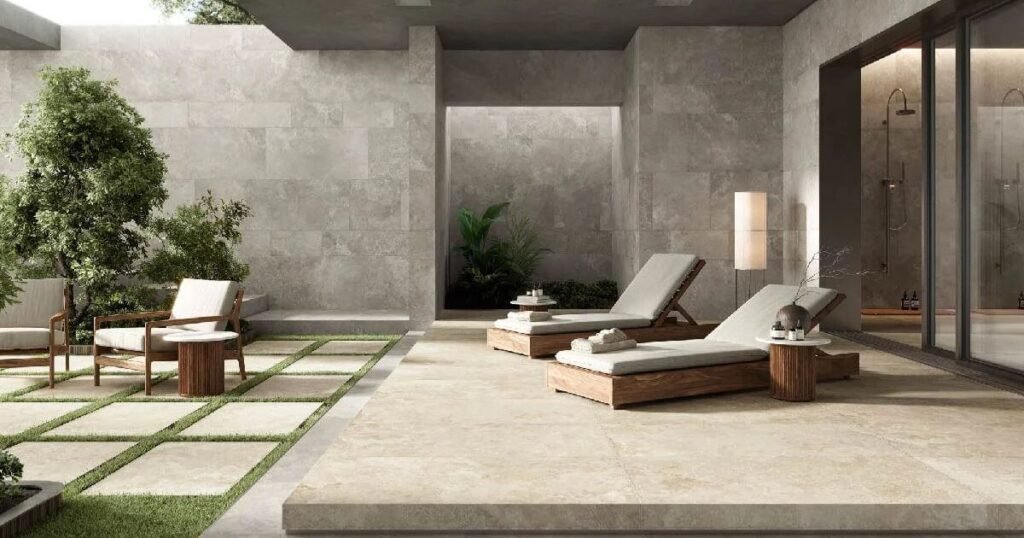
In homes, Sodiceram is used in kitchen countertops and wall tiles. These durable ceramic surfaces last long and resist stains. In labs, Sodiceram helps protect equipment because of its heat-resistant ceramic qualities. It also works well in outdoor patios and walls due to thermal shock resistance.
Here is a simple table showing applications of Sodiceram in various industries:
| Location | Use of Sodiceram |
| Home Kitchens | Countertops, backsplashes, and flooring |
| Laboratories | Heat-resistant platforms and tools |
| Outdoor Areas | Patios, exterior walls, and outdoor kitchens |
| Electronics | Electronic ceramic components |
| Healthcare | Biocompatible surfaces and tools |
Sodiceram vs Traditional Ceramic: What’s the Real Difference?
Traditional ceramics are made mostly from clay and need high heat to shape and fire. Sodiceram uses sodium-based ceramic materials which melt and set at lower temperatures. This means lower energy use and faster production. It also means stronger, smoother finishes.
When we look at how Sodiceram is different from traditional ceramics, the main differences are strength, heat resistance, and sustainability. Traditional ceramics crack easily under extreme conditions, while Sodiceram handles them well. It is truly a step forward in ceramic innovation 2025.
Is Sodiceram Eco-Friendly? A Deep Look at Sustainability
Yes, Sodiceram is eco-friendly. It uses less energy, produces fewer emissions, and can often be recycled. These sustainable ceramic solutions are important for buildings that want LEED-certified ceramic materials. Sodiceram is helping the USA move toward greener building practices.
Also, Sodiceram lasts longer than regular ceramics. This means less waste and less need for replacements. That’s why it is often labeled one of the best eco-friendly ceramics for 2025 and beyond.
The Evolution of Ceramic Solutions: From Clay to Sodiceram
In the past, most ceramics came from clay. Then, new technologies led to advanced ceramic materials. Now, ceramic innovation 2025 brings us Sodiceram. It represents the next stage in ceramic history, combining art, science, and sustainability.
We have come from handmade pottery to 3D printed ceramics in just a few decades. Today, Sodiceram in modern construction and labs shows how fast things are changing. This evolution shows how ceramics with better thermal expansion control and smarter design are shaping the future.
Exploring Sodiceram’s Role in Innovation Across Industries
Sodiceram in healthcare is used for making biocompatible ceramics. These materials are safe for skin and body use. In electronics, it helps create electronic ceramic components that are heat-resistant and efficient. It also supports clean energy by helping in solar and battery technologies.
The use of innovative ceramic technology across industries is growing. Engineers trust Sodiceram for its consistency and strength. Why Sodiceram is used in electronics and healthcare comes down to its safety, efficiency, and high performance.
Challenges and Limitations of Sodiceram (And How It’s Improving)
While Sodiceram is impressive, it has some limits. One is cost. The special sodium-based ceramic materials can be pricey. Another issue is learning curve. Builders and artists need training to use it well. But improvements are happening fast.
To fix these, companies are testing cheaper sodium ceramic glaze options and working on easier ways to shape the material. Soon, the advantages and limitations of Sodiceram may shift more in favor of its benefits.
What’s Next? Future Technologies in Sodiceram Development
The future of sodium-based ceramics looks bright. Researchers are testing stronger blends and faster firing methods. They are also exploring can Sodiceram be used in 3D printing and finding great results. These efforts are making the material more flexible and cheaper.
One key goal is creating types of ceramics made with Sodiceram for space, medicine, and smart homes. As these develop, we may see ceramic strength improvement with sodium becoming standard in many products.
For more latest news checkout, Pakistan coverage.
Final Thoughts: Why Sodiceram Is Shaping the Future of Ceramics
In short, Sodiceram is not just a trend. It is a revolution in the ceramic world. Its benefits, including strength, beauty, and sustainability, make it ideal for homes and industries. With more use in construction, electronics, and health, it is helping shape our future.
From artistic uses to smart home design, the role of ceramics with sodium compounds will only grow. Sodiceram is here to stay, and it may soon become the new standard for modern ceramic design everywhere in the USA.


